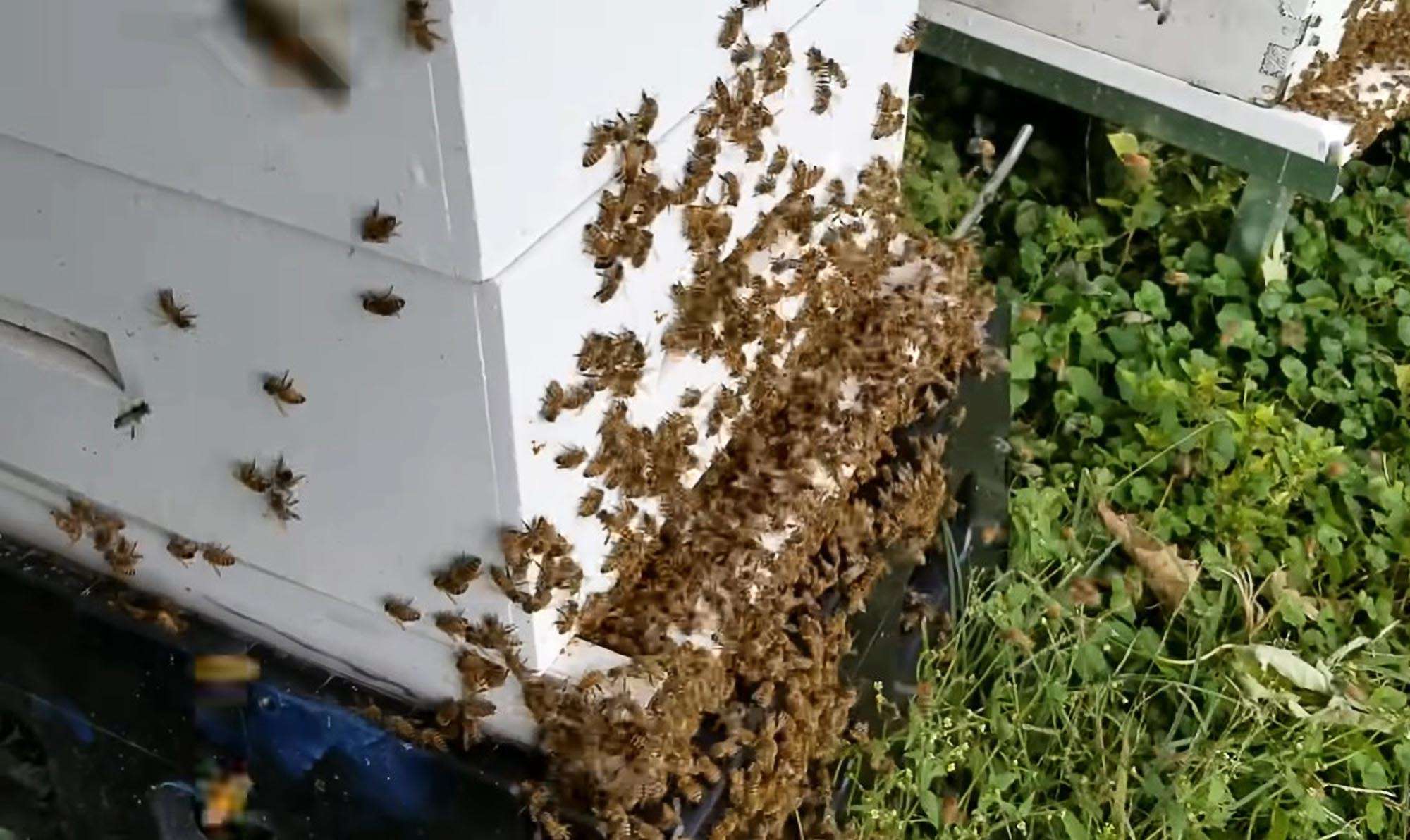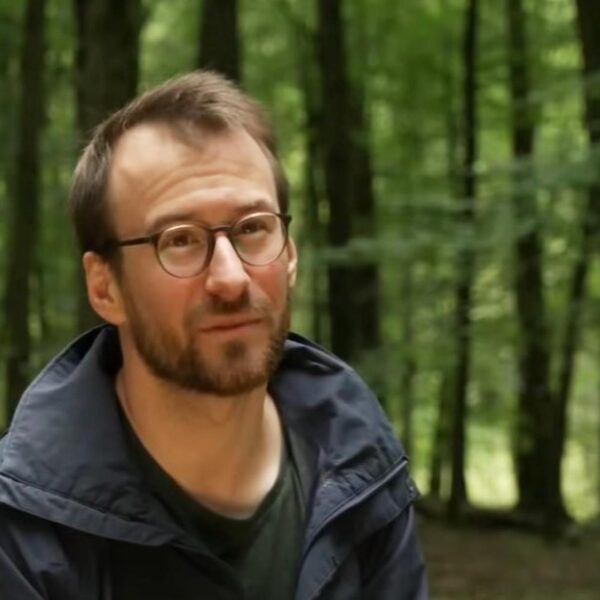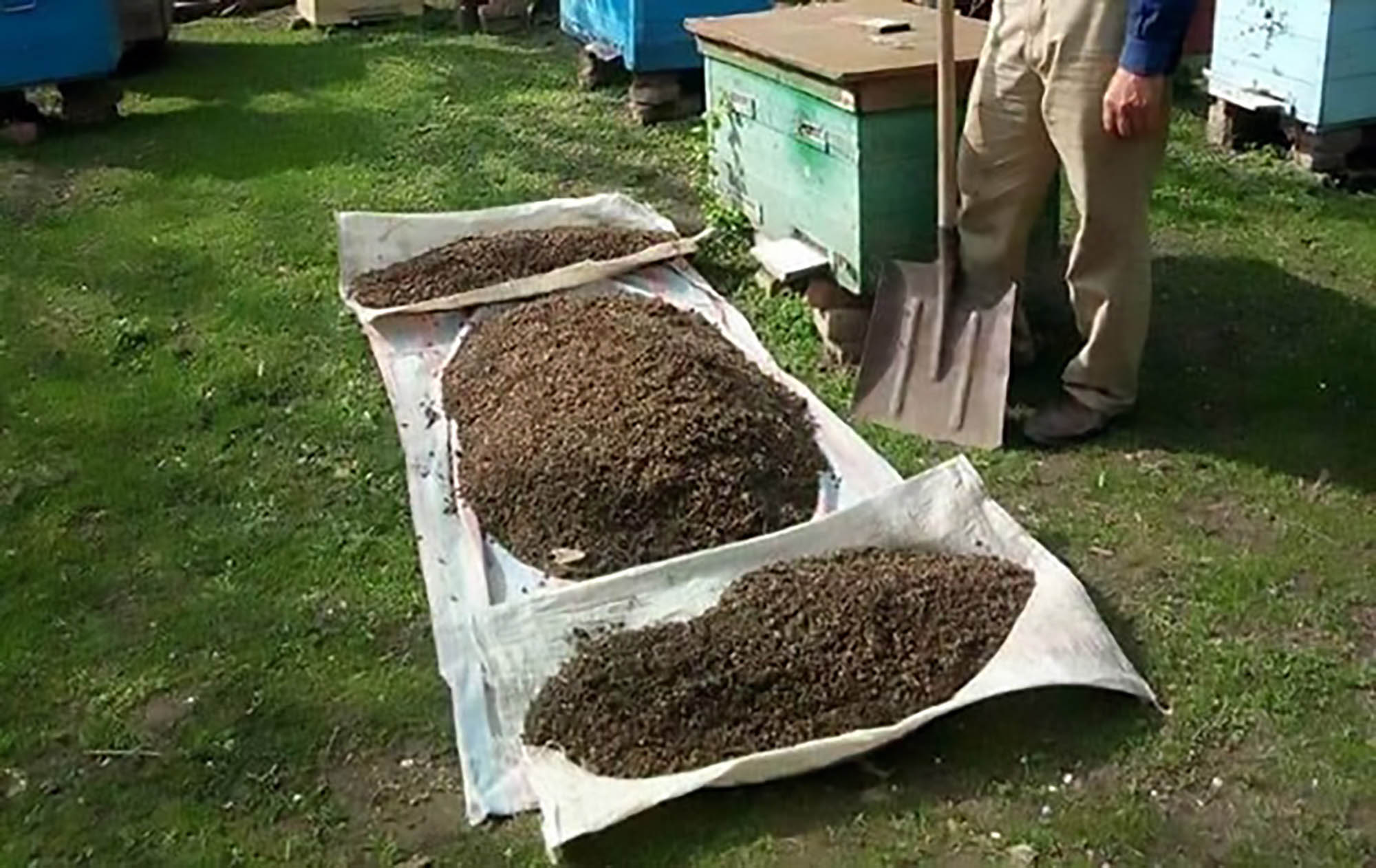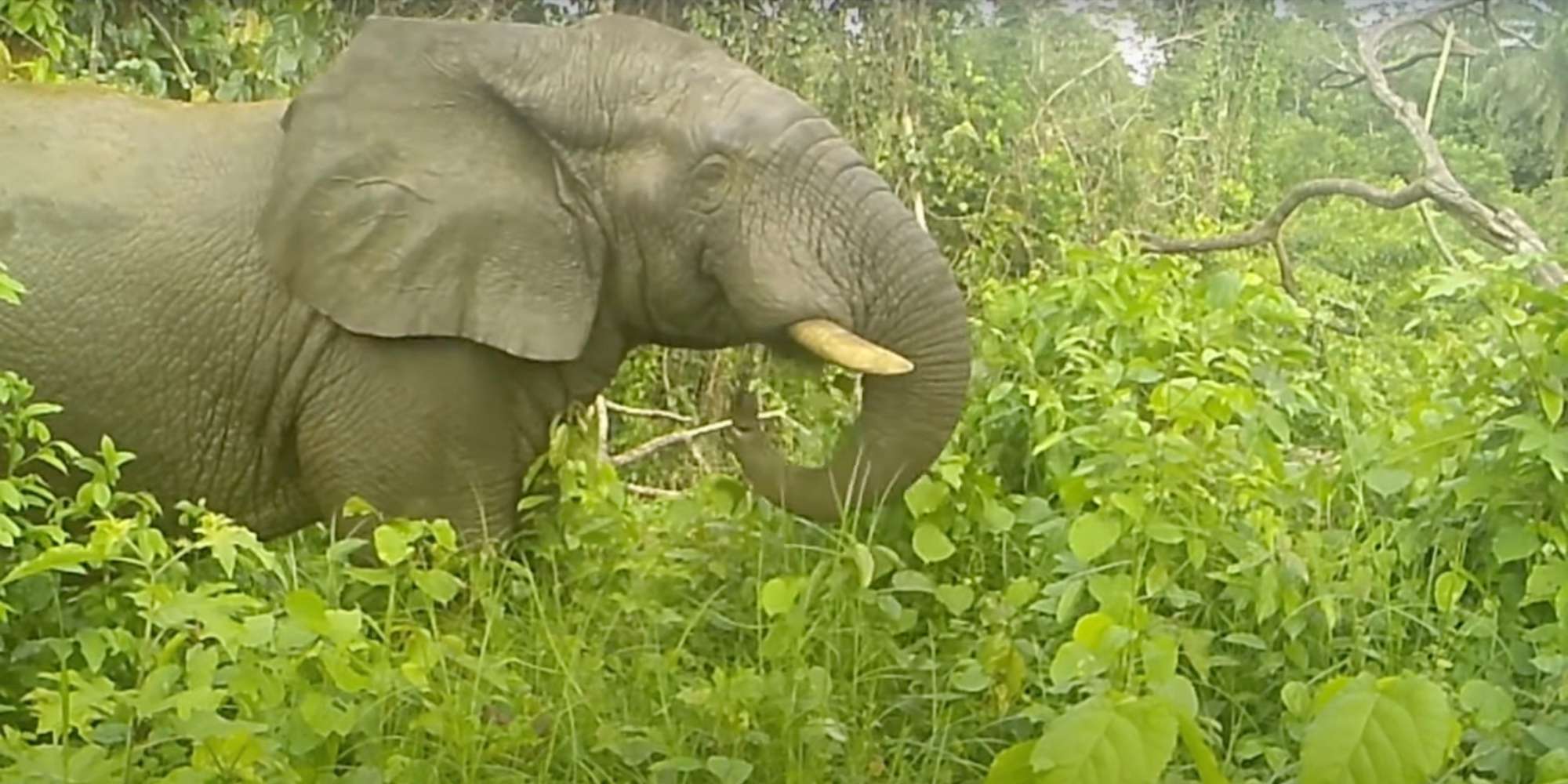The diversity of forests should be increased to improve their protection from pests and parasites, a German expert on bee colonies in woodlands has said.
Benjamin Rutschmann headed a team of scientists from Würzburg University who examined how well wild honeybee colonies would perform in a Bavarian forest.
Benjamin argued: “For a more bee-friendly environment, forests should be diversified with insect-pollinated trees.”

The biologist mentioned tree types such as cherry, lime, maple and willow.
Benjamin and his colleagues installed 12 observation hives across the Steigerwald, a hilly forested area between Nuremberg and Würzburg. Their study revealed that there had just been an insufficient amount of pollen.
Benjamin said: “One of the main reasons for this is the tree species beech which makes up more than 40 per cent of the tree population in the Steigerwald.”
He explained: “Beech forests are dark, there is not much growing on the ground. Hardly any plants can cope with the light conditions in beech forests after the canopy closes.”
The biologist concluded: “A diverse herb layer that would be so important for bees is missing.”
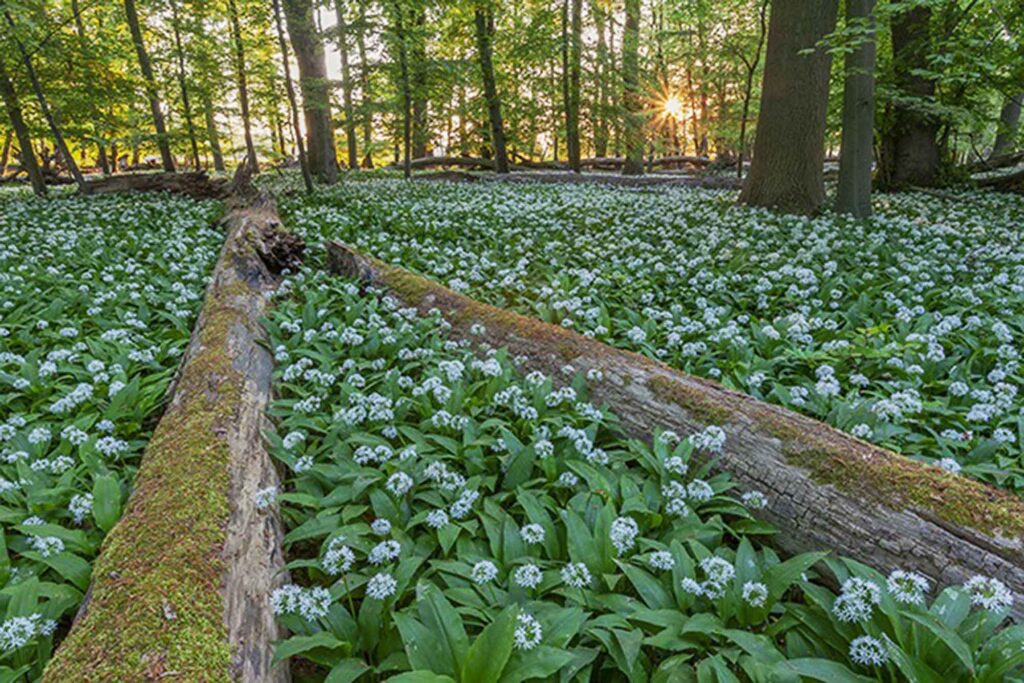
By examining the pollinators’ waggle dance, their most important measure of communication, the experts from the University of Würzburg found that the bees were using the forest far less than expected to collect nectar and pollen.
Benjamin argued that “more natural disturbance and less optimisation for timber production” would increase the chances of survival for undomesticated honeybee colonies in woodlands.
He emphasised: “A diverse ecosystem is a healthy ecosystem and less susceptible to pest infestation.”
Speaking about the background of their research, Benjamin explained: “Bees are generally associated with flowering meadows rather than with dense forests. Woodland, however, is considered the original habitat of the western honeybee, as it offers nesting sites in the form of tree cavities.”

Founded in 1402, the University of Würzburg is one of the oldest higher education institutions in Central Europe. It currently registers around 25,000 students.


